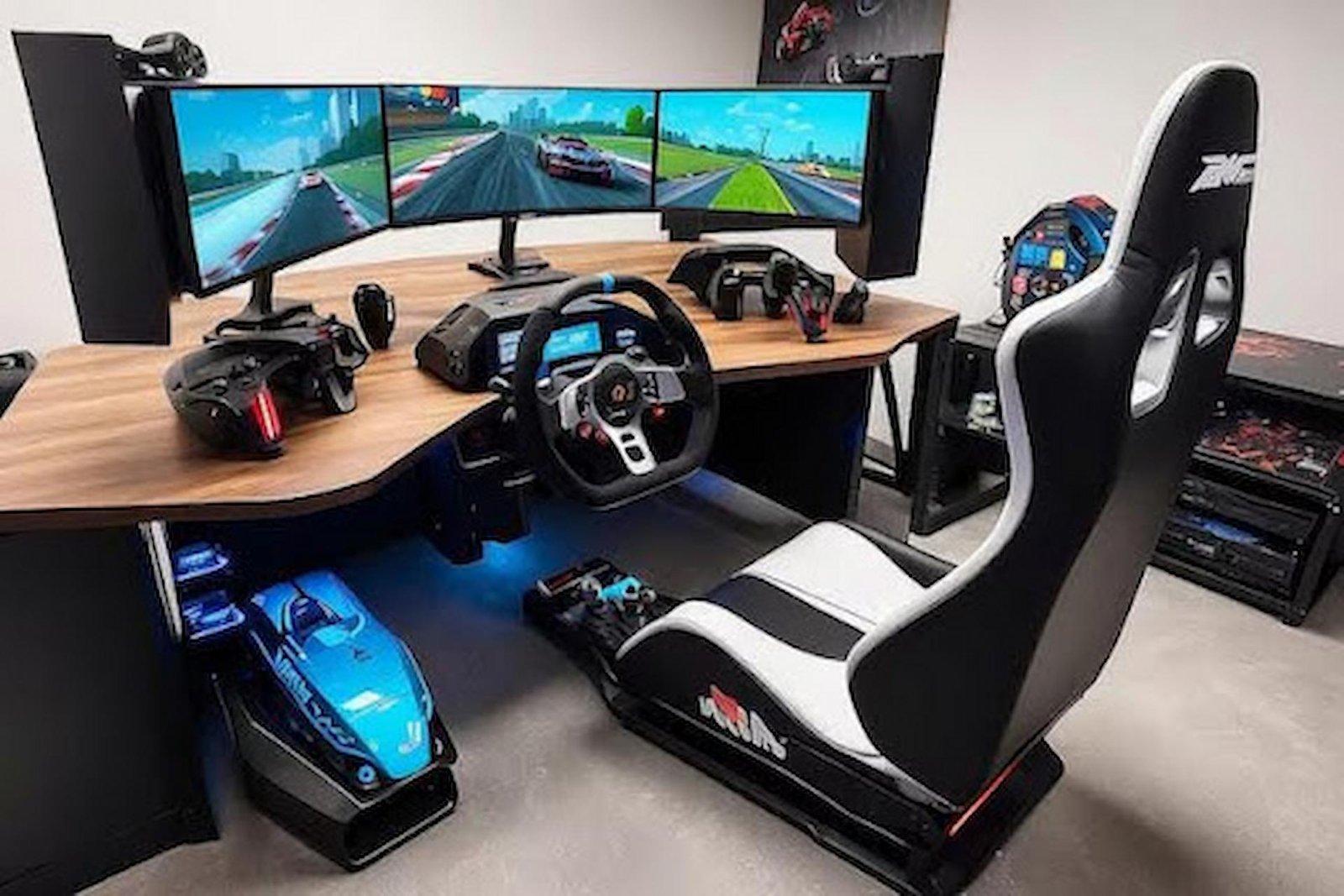Take your virtual racing to the next level with expert steering wheel setups. Learn how the right sim gear transforms gameplay into a true track experience.
Sim racing has experienced rapid growth in recent years, attracting both serious gamers and motorsport enthusiasts. What sets apart an average experience from an elite one often comes down to the hardware setup. At the core of this is the steering wheel — a tool that transforms casual driving into competitive racing. In this guide, we’ll explore how the right sim racing steering wheel setup can significantly improve your track performance.
The Importance of Realistic Control
A high-quality Sim Racing Steering Wheel is the foundation of any immersive racing setup. It mimics real-world car behaviour, allowing players to feel the road texture, grip loss, and cornering forces. This feedback is vital for improving lap times and enhancing racing instincts.
Using a responsive sim racing steering wheel allows drivers to react quickly and with greater control. When your hands receive accurate force feedback, you instinctively adjust for oversteer or understeer, just like in a real car. This sensory input creates a deep connection between virtual and real-world driving dynamics.
Components That Shape the Experience
Beyond the wheel itself, several components shape how realistic your driving feels. Wheelbases, pedals, and mounts all play a part in delivering smooth and consistent control. Force feedback technology, especially belt or direct drive systems, can dramatically boost realism.
Pairing a sim racing steering wheel with a solid pedal set improves overall responsiveness. Precision braking and throttle control are essential in competitive racing. Adjustable mounting solutions also help in mimicking real-world driving posture and feel, reducing fatigue and increasing immersion.
Choosing the Right Setup
When selecting your gear, consider the type of racing you enjoy. Formula, rally, and GT racing all demand different steering wheel styles and feedback preferences. Some drivers prefer round wheels, while others opt for flat-bottom models with integrated controls.
Entry-level wheels may provide enough feedback for casual players, but for those seeking realism, investing in higher-end equipment pays off. Consider wheels with programmable buttons, paddle shifters, and quick-release hubs for flexibility.
Setting Up for Performance
Where you place your setup is just as important as the gear itself. A dedicated sim rig or cockpit ensures stability and comfort. Adjustable seat positions, screen distances, and pedal angles help fine-tune your performance.
Calibrating your sim racing steering wheel is essential. Ensure software drivers are updated, force feedback is balanced, and dead zones are adjusted. Many professional drivers and streamers share their configurations, providing great starting points for newcomers.
Tips for Enhancing Your Driving
- Train with telemetry tools to analyse your performance
- Use racing gloves for grip and comfort during long sessions
- Practice different driving conditions to improve adaptability
- Join online racing communities for advice and competitions
Continuous learning is key. The more comfortable and responsive your setup becomes, the more your skills can evolve. Your sim racing steering wheel setup should be an extension of you, translating every input into precise track action.
Final Thoughts
Sim racing has evolved from a hobby into a competitive sport, and the gear you choose plays a massive role. With the right sim racing steering wheel setup, you gain the tools to improve accuracy, speed, and overall enjoyment. Whether you’re a beginner or a seasoned pro, investing in quality gear can turn your home setup into a racing cockpit worthy of any track.


